The United States Navy produced a large number of cruisers in the years before and during the Second World War. Many of these ships were highly successful designs, providing excellent service during the War years and became well known such as the Baltimore and Cleveland classes. However, what is not as well known is that most of these cruisers can trace their lineage to one class of cruiser. These warships, the Brooklyn class cruisers, would refine US cruiser design during the interwar years, producing a very capable warship. However, the biggest legacy of the Brooklyn class light cruisers is that they provided the template for cruiser design that would influence United States gun-based cruisers until the very last ships.
Origin of the Brooklyn Class Cruisers
The concept behind the Brooklyn class cruisers originated following the London Naval Treaty. The Treaty sent the limitations on cruiser construction, most notably implementing distinctions between heavy and light cruisers. While European powers were content with smaller cruisers capable of securing trade routes, the United States had its thoughts directed at operations in the Pacific. The need to traverse the vastness of the Pacific forced US Navy designers to pursue a larger light cruiser, one that could carry enough fuel to have sufficient range while still having appropriate levels of armor and firepower. The same year that the treaty went into effect, the US began the development of their new cruisers armed with 6″ guns.
The Design
The United States had already built warships that could be considered light cruisers even before the treaty. These ships, the Omaha class, were designed for a different role. High-speed ocean scouts, the Omaha class did not have the capabilities the US needed and proved to be too lightly built. Thus they would not be good examples to base the new cruisers off of.
It should be noted that it was the general dissatisfaction with the Omaha class, along with a general dislike of the light cruiser concept in general, that soured the United States General Board on the new cruisers. They would have preferred sticking only with heavy cruisers and disliked the London Naval Treaty for forcing what they considered restrictions on further cruiser development. This meant that the new cruisers would function as a proof of concept for for further development of light cruisers.
As the Omaha class was unsuitable for further development, the new light cruisers would instead be based on the larger, more robust New Orleans class heavy cruisers. This granted designers a starting point as they already knew the hull had the space for fuel. Though the hull was modified compared to the New Orleans design, it carried over the basic features such as a similar powerplant, shaft arrangement, and steering gear. This served to further reduce the design time and give a stronger foundation for development.
Beyond the basic hull design, other features were also kept similar to the New Orleans class. The new light cruisers would carry comparable armor to the New Orleans class heavy cruisers where possible as they were intended to be fighting in the same environment.
Armament for the cruisers was largely driven by foreign designs, specifically those of the Japanese Empire. As the particulars for what would eventually become the Mogami class became known, the US sought to match them. In particular, the battery of fifteen 6.1″ (155mm) guns. Several designs were considered mounting a variety of guns in triple and even quadruple turrets. Eventually, an arrangement similar to the Mogami class was chosen, fifteen guns in five triple turrets.
By 1933, the new light cruiser design was finalized and the first batch of four ships was ordered as the Brooklyn class cruisers.
The Brooklyn Class Light Cruisers
The Brooklyn class proved itself to be a significant departure from the previous US cruiser designs.
The Brooklyn class featured a more modern flush-deck hull, giving them better structural strength. Though they displaced about the same tonnage as the New Orleans class though were slightly larger, being about 22′ longer in length.
The appearance of the new cruisers was largely different. For the first time on a cruiser, the aircraft catapults and handling equipment were moved to the stern. Compared to the amidships position on previous cruisers, the new arrangement freed up space around the superstructure, enhanced the firing arcs of the ship’s guns, and also moved the flammable aircraft as far away from the ship as possible to improve safety.
The General Board had primarily resisted the light cruisers for their armament, perceiving them as a major downgrade from the 8″ naval guns. However, the Brooklyn class quickly proved themselves during firing trials. The 6″/47 Mark 16 was an excellent weapon with equally good ballistics. The semi-automatic nature of the guns and the semi-fixed ammunition came together to produce an impressive rate of fire. The guns were capable of reliably maintaining a rate of fire of 8 rounds per minute and some exceeded that, reaching up to 10 rounds per minute. The gun was further enhanced with the addition of a new “super heavy” 130lb (59kg) that more than doubled penetration over previous 6″ weapons. The high rate of fire and excellent penetration was enough to convince the General Board that the light cruisers could be powerful warships.
Secondary firepower was provided by eight 5″/25 heavy anti-aircraft guns, the mounts clustered amidships. Light anti-aircraft weaponry was provided by a small battery of .50 cal (12.7mm) heavy machine guns. Further light weaponry was installed over the careers of the cruisers. Heavier 1.1″ (28mm) were added at first though suffered from lackluster performance. More advanced 20mm and 40mm weapons eventually replaced all light weaponry.
Armor protection was light, though not non-existent. The main armored belt was 5″ (127mm) over the machinery with lighter armor of 2″ (51mm) over the 6″ magazines. It might seem odd to have a lighter belt over the magazines but the cruisers had thicker 6″ (152mm) protecting the barbettes of the main armament. Deck armor was about 2″ (51mm) at its thickest. The turrets featured armor of 6.5″ (165mm) on the faceplates and 2″ (51mm) roofs.
The reuse of the New Orleans class hull and machinery led to a powerplant generating roughly 100,000shp. This was sufficient to propel the cruisers to a speed of just over 32 knots, enough to easily operate with the main fleet. The large hull also provided enough fuel capacity to let the ships operate for 10,000nmi at their cruising speed of 15 knots.
Overall, the Brooklyn class proved themselves to be capable warships. After the initial batch of four cruisers was ordered, the second batch of three ships was ordered the following year. Two additional ships to a slightly modified design were ordered, bringing the total to nine ships in the class. These two cruisers were a subgroup to the Brooklyn class and are sometimes known as the St. Louis class.
The ships of the Brooklyn Class:
- USS Brooklyn (CL-40)
- USS Philadelphia (CL-41)
- USS Savannah (CL-42)
- USS Nashville (CL-43)
- USS Pheonix (CL-46)
- USS Boise (CL-47)
- USS Honolulu (CL-48)
The St. Louis Subgroup
The St Louis class ships were Brooklyn class light cruisers with enough modifications that they are sometimes considered a subclass. These modifications greatly enhanced the capabilities of the ships.
The most notable enhancement came in the secondary armament. Though the St Louis ships carried eight 5″ guns just like the Brooklyns, they did so with the much more powerful 5″/38 weapons. These guns featured superior ballistics, increasing their range and penetration power over the earlier 5″/25 guns. Even more importantly, the guns were carried in four twin turrets, granting them better protection and better firing arcs. The St Louis group were the first cruises to carry the 5″/38 guns in twin turrets, a feature that would become a hallmark on the majority of future United States Navy cruisers.
Another feature that would later become standard on US cruisers was the practice of placing the boilers and turbines into an alternating pattern. By alternating the boilers and turbines, the powerplant was better protected. It would be more difficult for a bomb, torpedo, or shell to cripple the powerplant, leaving the ship defenseless.
If the Brooklyn class set the benchmark for US cruisers, the St Louis subgroup further honed the features that would distinguish future cruisers.
Ships of the St Louis Subclass:
- USS St Louis (CL-49)
- USS Helena (CL-50)
Service History
The Brooklyn class cruisers entered service starting in 1938. Trials with the ships revealed them to be largely successful designs. They almost immediately silenced their most vocal critics and began to distinguish themselves as just as capable as the more powerfully armed heavy cruisers.
So successful was the Brooklyn class design was that it served as the template for the majority of cruiser development in the United States. The design was carried over for the succeeding class of light cruiser, the Cleveland class. Though the Cleveland class only carried twelve 6″ (152mm) guns, they increased the number of 5″ (127mm) guns to produce a more balanced warship. The Brooklyn class hull was slightly modified to accommodate heavier armor and nine 8″ (203mm) guns, producing the prototype heavy cruiser USS Wichita (CA-45). Wichita proved so successful that the design was further modified to produce the very powerful Baltimore class heavy cruisers. The Cleveland and Baltimore classes served as the backbone of US cruiser power during the Second World War, creating an impressive Legacy for the Brooklyn class.
However, the Brooklyn class proved themselves beyond their technological legacy. All of the ships provided substantial service during the Second World War.
Entering service in 1938, the Brooklyn class was one of the newer weapons in the US Inventory following its entry into the Second World War. The ships entered the fray and found themselves taking part in many of the most notable engagements of the war. Ships of the class were present when Japan first attacked Pearl Harbor and many were cruising off of Japan’s own coast when the war finally ended. Between those milestones, the Brooklyn class served in every theatre of the war, from the Western Pacific to the Mediterranean. During that time, the cruisers distinguished themselves time and time again.
The Brooklyn class served hard and many of the ships were involved with many of the biggest naval battles of World War 2. Several of the ships took severe damage over the course of the war. However, despite the enemy’s best efforts, only one ship of the class, USS Helena, was lost. The others fought on, inflicting more damage than they took.
Following the end of the Second World War, the Brooklyn class was deemed obsolete and they were placed in reserve starting in 1946. Several of the ships were later sold to Navies in South America, being recommissioned and going back into service. Most of these cruisers served for some time, some going for well over five decades. Of these ships, the most famous was USS Phoenix. Now renamed General Belgrano, she served in the Argentine Navy. She was famously torpedoed during the Falklands War, gaining the dubious distinction of being the only ship to be sunk by a nuclear submarine.
Overall, the Brooklyn class was an amazing class of warship despite being somewhat overshadowed by their successors. In many ways, they were the right cruisers at the right time, giving the United States Navy a jumpstart on modern cruiser design. Very few ships can claim to have such an influence on design as the Brooklyn class light cruisers did.
Further Links of Interest:
Liked This piece on the Brooklyn Class? Check out some Other Links
Want to follow Navy General Board on Social Media? Check us out on the platforms below!
- YouTube
- Want to help the site continue to expand? Support us on Patreon.
- Learn more about how NGB got started!
Some more great articles:
Myths of the Montana Class Battleships
Did Fisher attempt to Launch a Revolution?
Canada’s Next Generation Submarine
Sources:
U.S. Cruisers: An Illustrated Design History by Norman Friedman
NavWeaps (NavWeaps | Naval Weapons, Naval Technology and Naval Reunions)

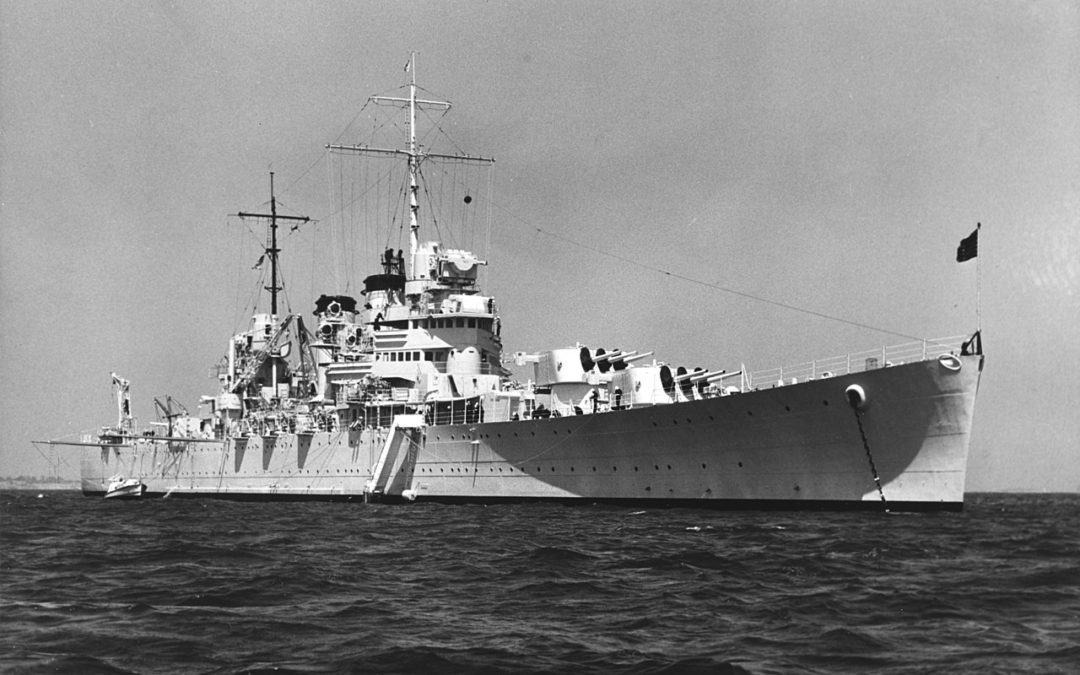
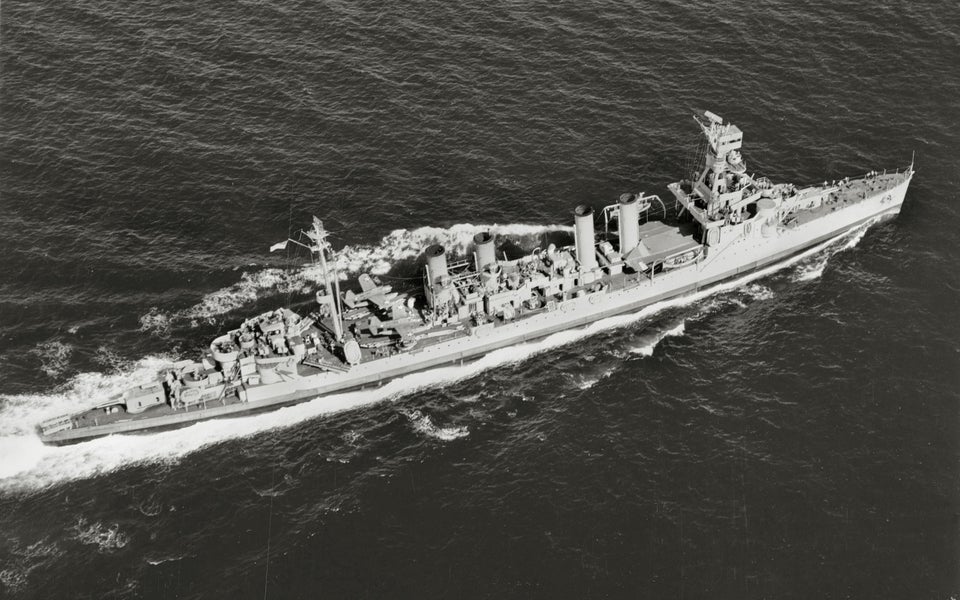
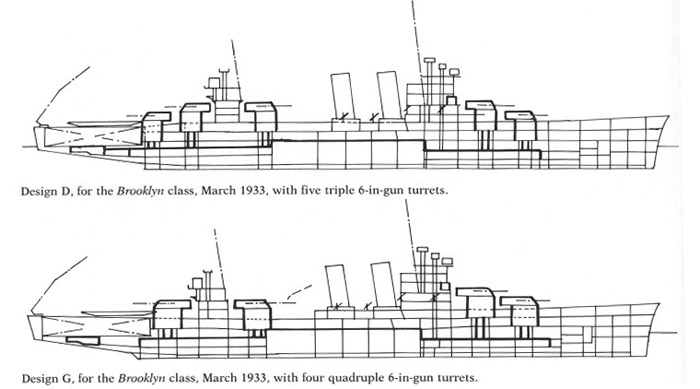
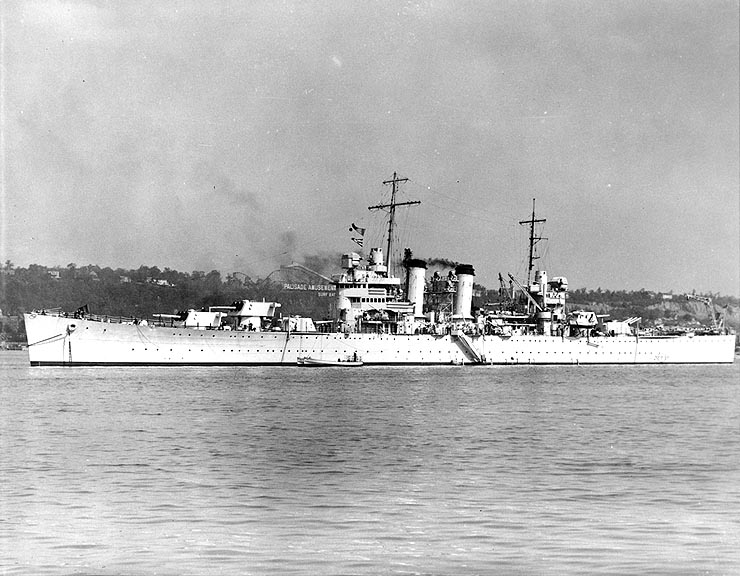
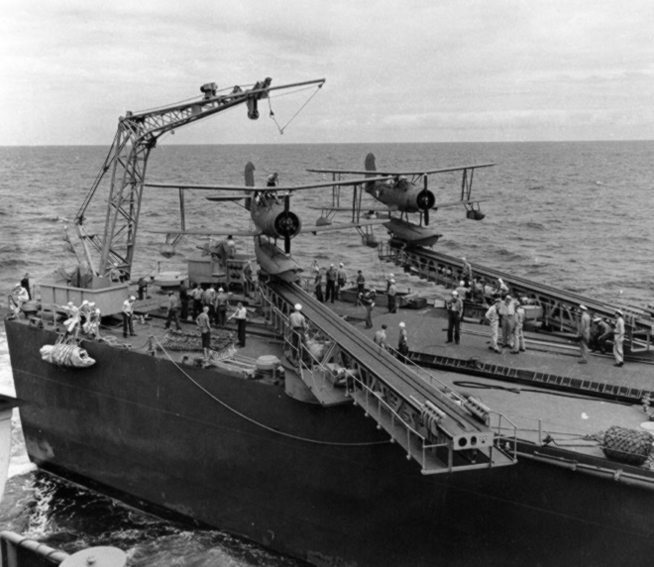
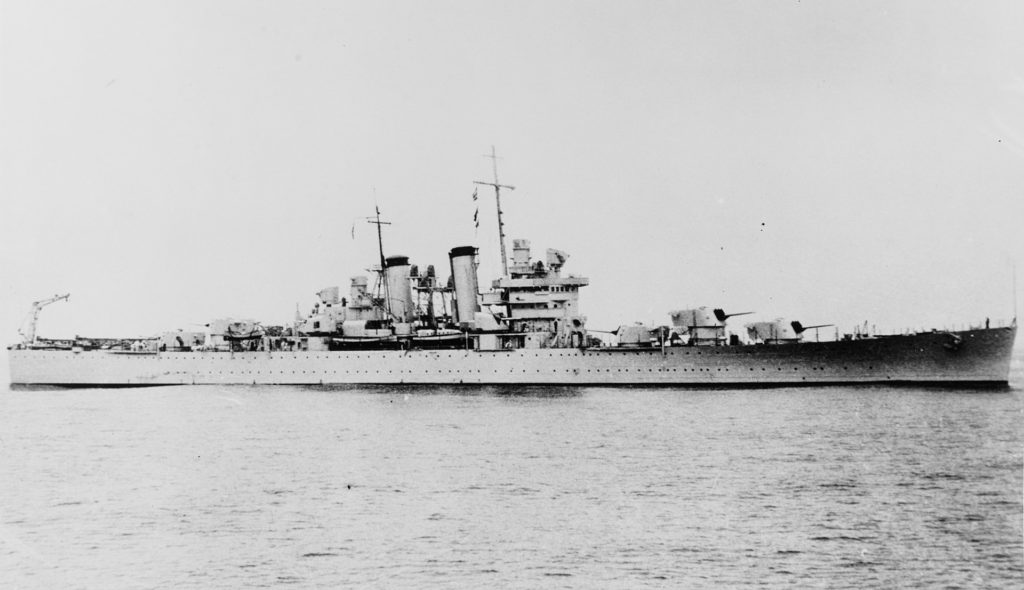
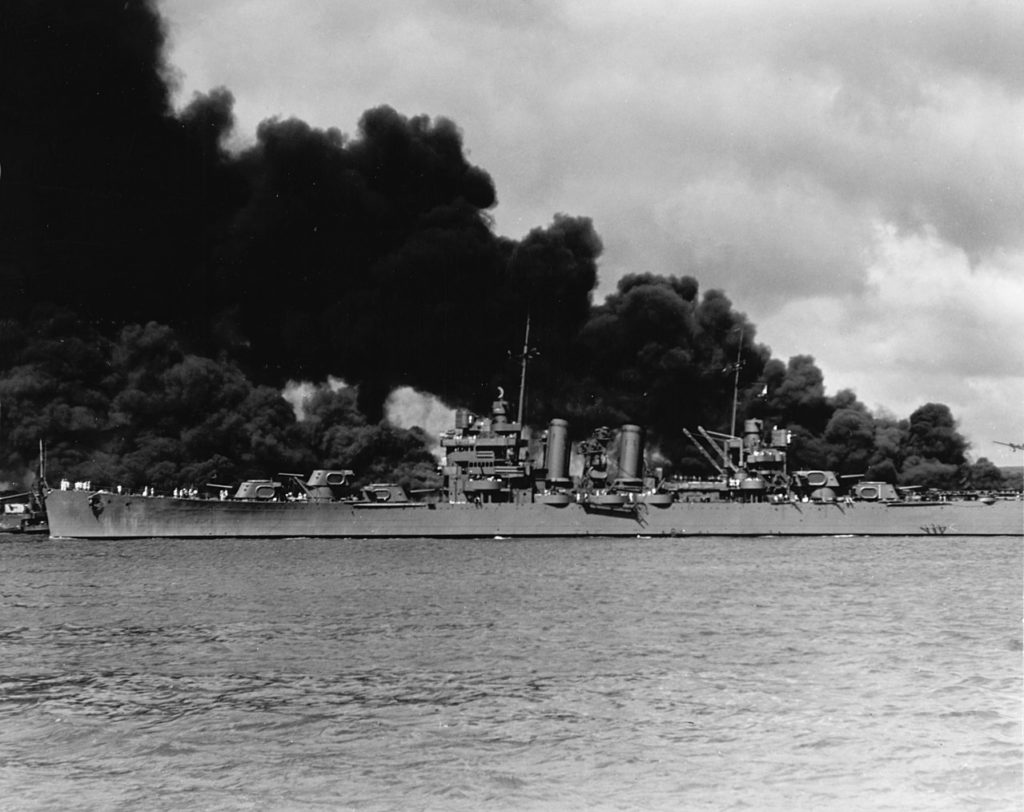
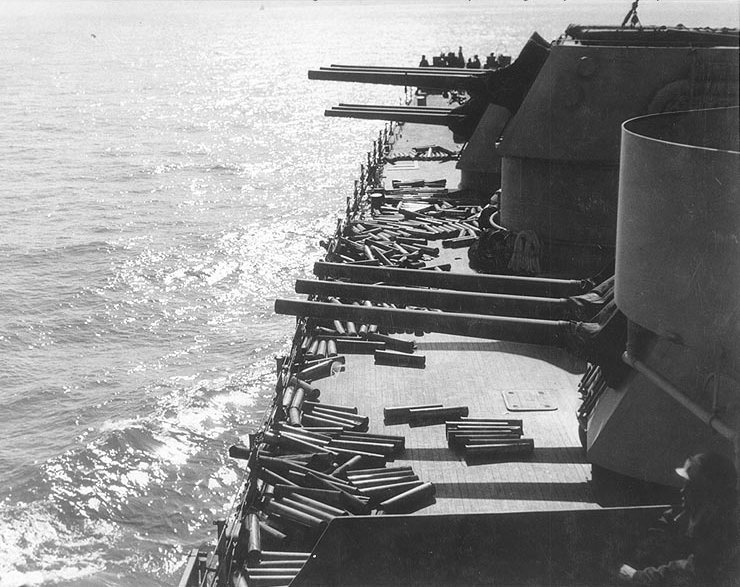

Recent Comments